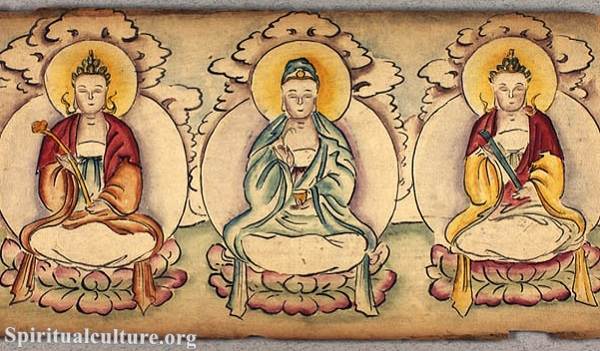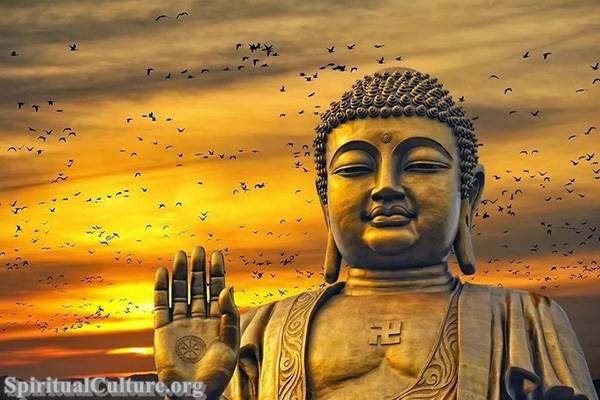These texts, often referred to as the Buddhism sacred text, Buddhist sacred texts, or the sacred text of Buddhism, are the cornerstone of this religion and provide insight into the teachings, practices, and philosophies of Buddhism.
Buddhism
Buddhism is an ancient religion that originated in India around the 5th century BCE. It was founded by Siddhartha Gautama, who is commonly known as the Buddha. The central tenets of Buddhism encompass the understanding of human suffering and the path to liberating oneself from this suffering. This path is articulated in the Four Noble Truths and the Eightfold Path, which form the foundation of Buddhist teachings.
Buddhism Sacred Text
The sacred text of Buddhism is not a single book like the Bible or the Quran. Instead, there is a vast collection of scriptures and commentaries. The primary sacred texts in Buddhism are called the “Tripitaka,” also known as the “Three Baskets,” because they were originally written on long, narrow leaves that were sewn together and stored in baskets.
The Tripitaka is divided into three sections: the Vinaya Pitaka, the Sutta Pitaka, and the Abhidhamma Pitaka. The Vinaya Pitaka contains rules for monastic discipline, the Sutta Pitaka contains discourses of the Buddha and his close disciples, and the Abhidhamma Pitaka contains philosophical and psychological analysis.
Buddhist Sacred Texts
Buddhist sacred texts are not limited to the Tripitaka. There are other important texts, particularly in Mahayana Buddhism, which is the largest Buddhist tradition. These include the Lotus Sutra, which emphasizes the potential for all beings to achieve enlightenment; the Heart Sutra, which explores the concept of emptiness; and the Diamond Sutra, which discusses the nature of reality and perception.
Sacred Text of Buddhism
The sacred text of Buddhism is not only a source of spiritual and philosophical teachings but also a historical document that provides insight into the social and cultural contexts in which Buddhism developed. For instance, the Jataka tales, found in the Sutta Pitaka, are stories about the previous lives of the Buddha, illustrating moral lessons and providing a glimpse into ancient Indian society.
Sacred Texts Buddhism
Buddhist sacred texts are not considered the word of a divine being, as in some other religions. Instead, they are seen as the recorded teachings and experiences of the Buddha and his followers. They are guides to understanding and practicing Buddhist principles, not dogmatic rules. The texts are open to interpretation and are often studied in a contemplative and critical manner.
Sacred Texts of Buddhism
In addition to the original Pali texts, many Buddhist sacred texts have been translated into other languages. Tibetan Buddhism has its own unique set of texts known as the Kangyur and the Tengyur. The Kangyur contains translated words of the Buddha, and the Tengyur contains commentaries by Indian scholars. In East Asia, the Chinese Buddhist canon, also known as the Tripitaka Koreana or the Taisho Tripitaka, is widely used.
In conclusion, the sacred texts of Buddhism are a vast and diverse collection of teachings, stories, and philosophical discourses that serve as the foundation for Buddhist beliefs and practices. They offer profound insights into human existence, suffering, and the path to liberation. Whether you are a practicing Buddhist or simply interested in learning more about this ancient religion, studying these texts can provide a deeper understanding of Buddhism and its timeless wisdom.





